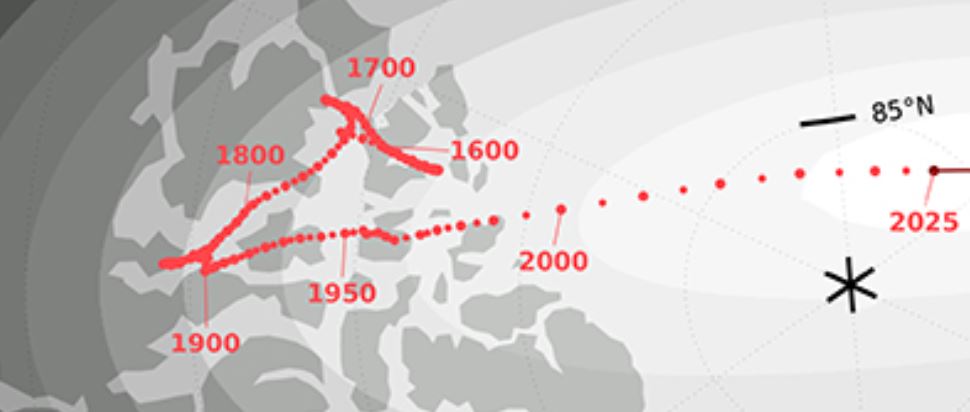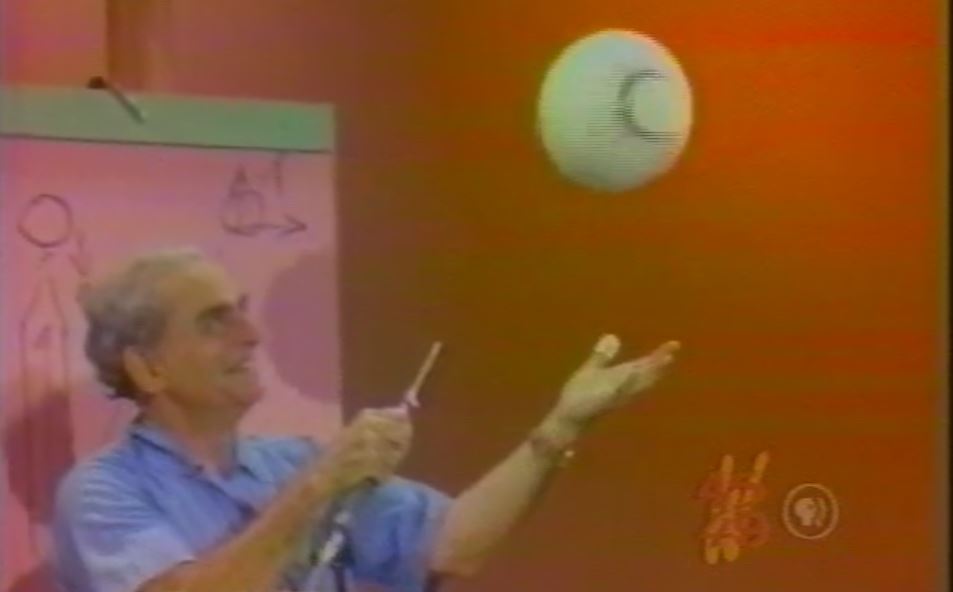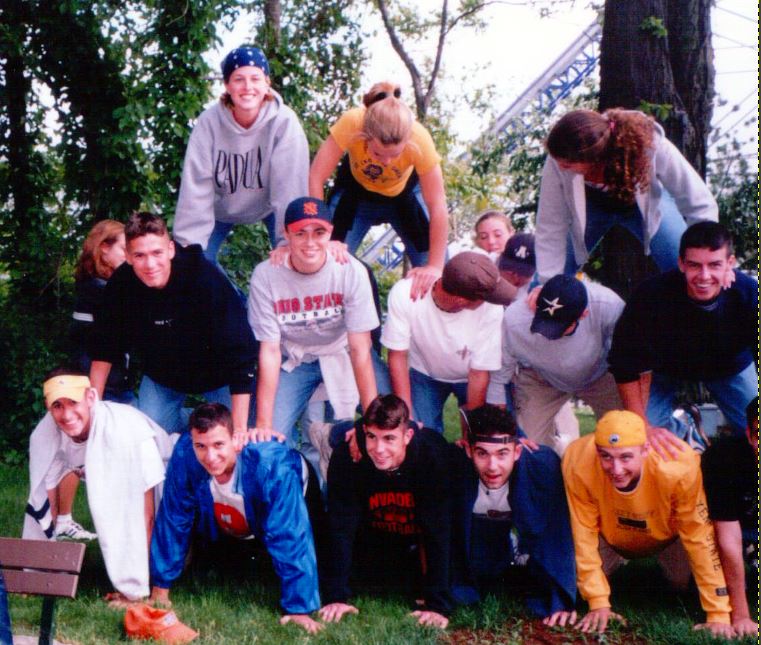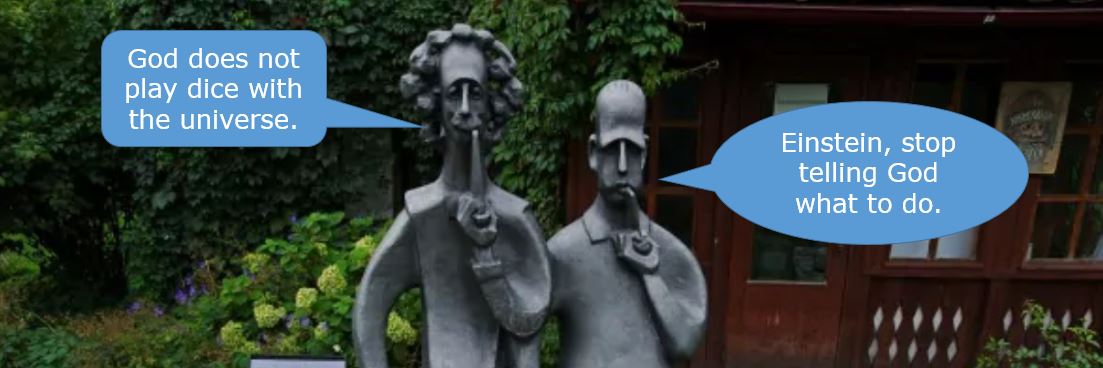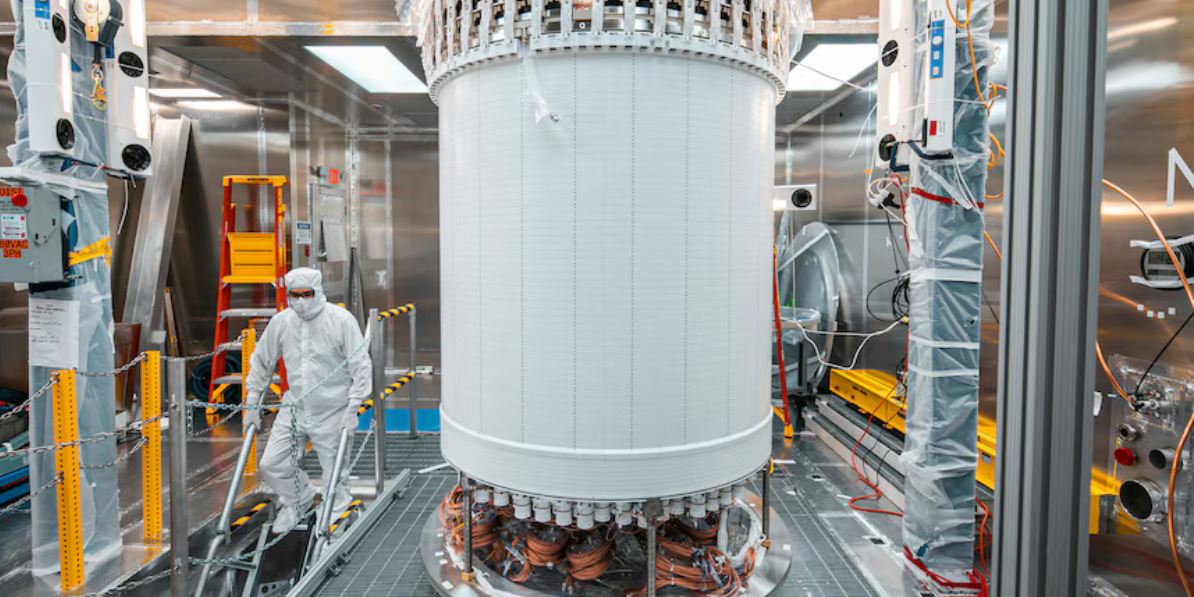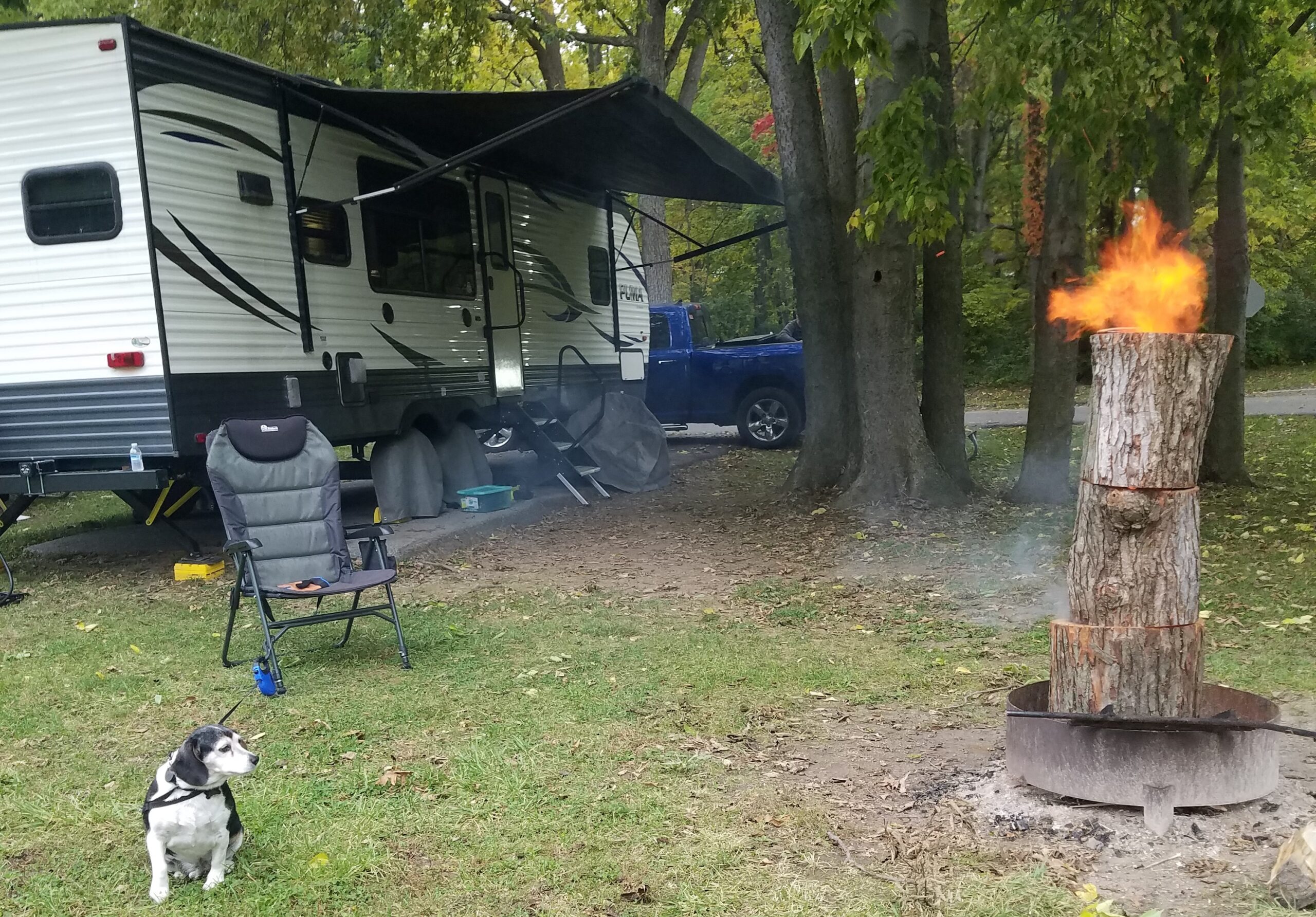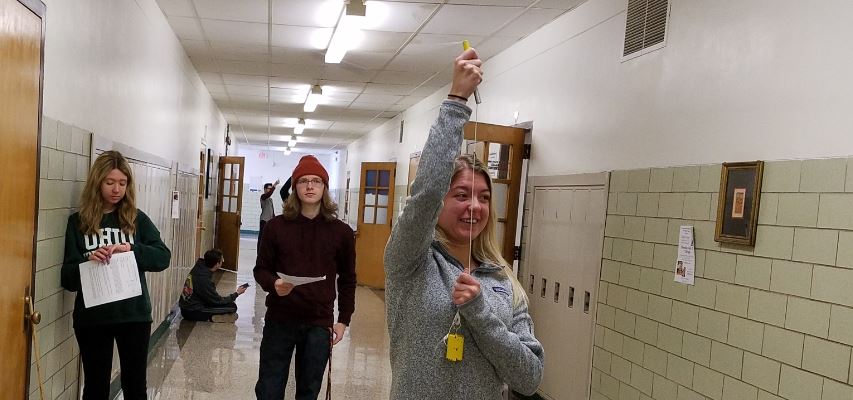
Major Problem in Physics Could Be Fixed if The Whole Universe Was Spinning
Earth rotates, the Sun rotates, the Milky Way rotates – and a new model suggests the entire Universe could be rotating. If confirmed, it could ease a significant tension in cosmology.
This could be a really big deal if it pans out. Nothing would change in anyone’s life, but it could explain phenomena that we can’t explain now.
